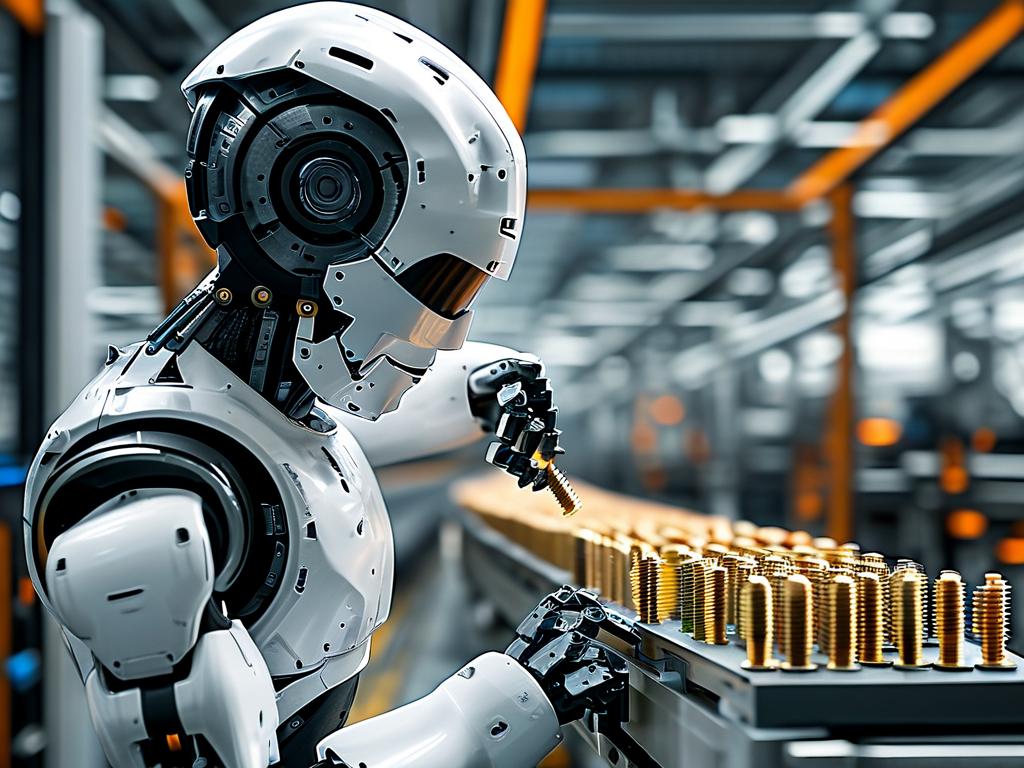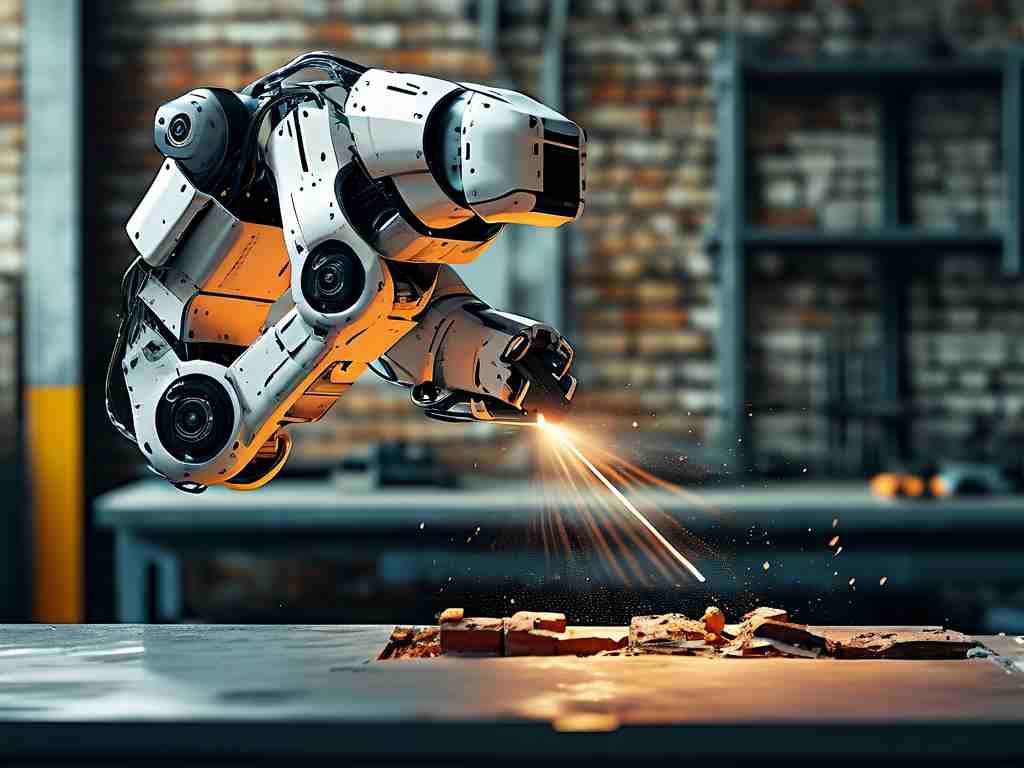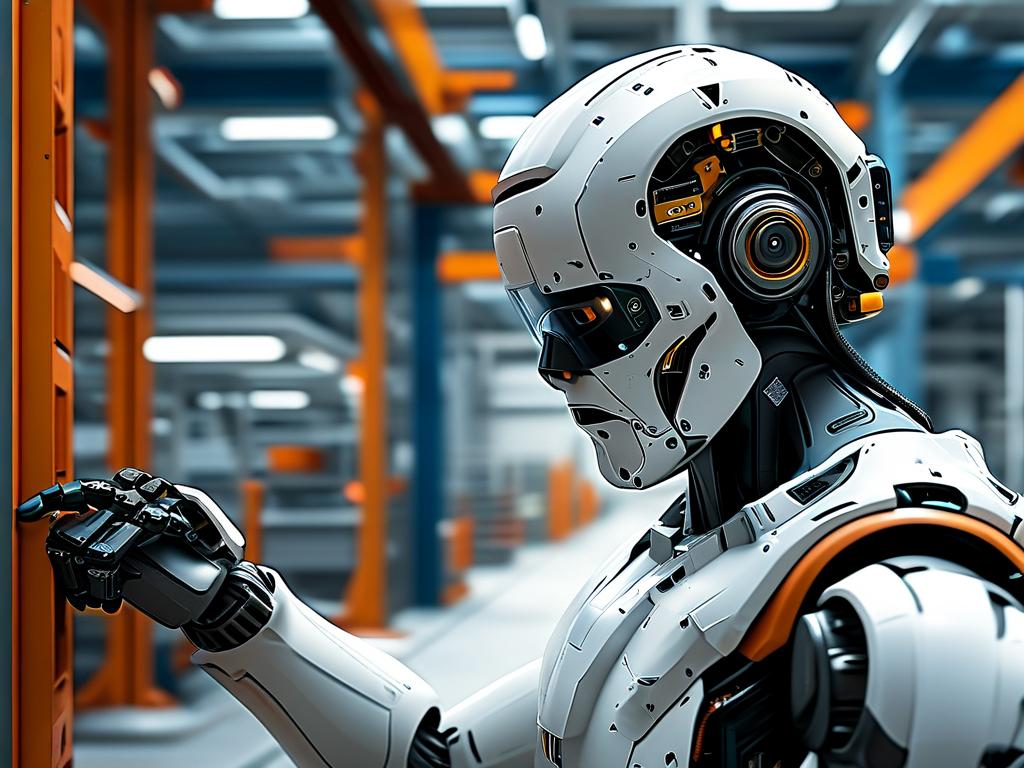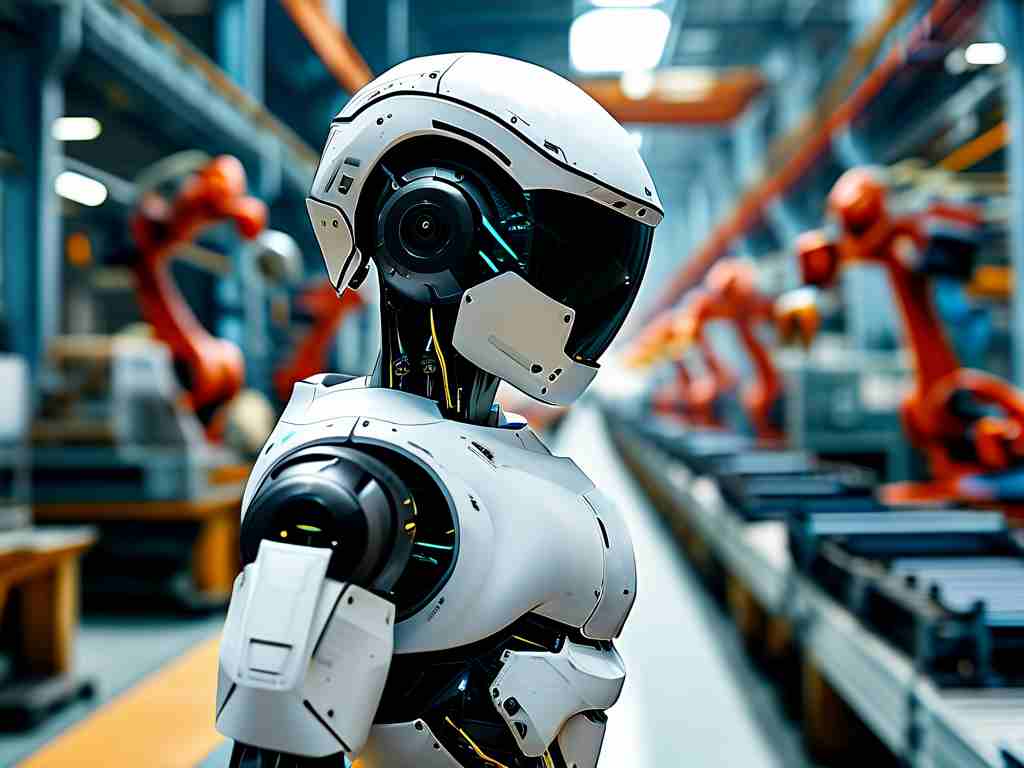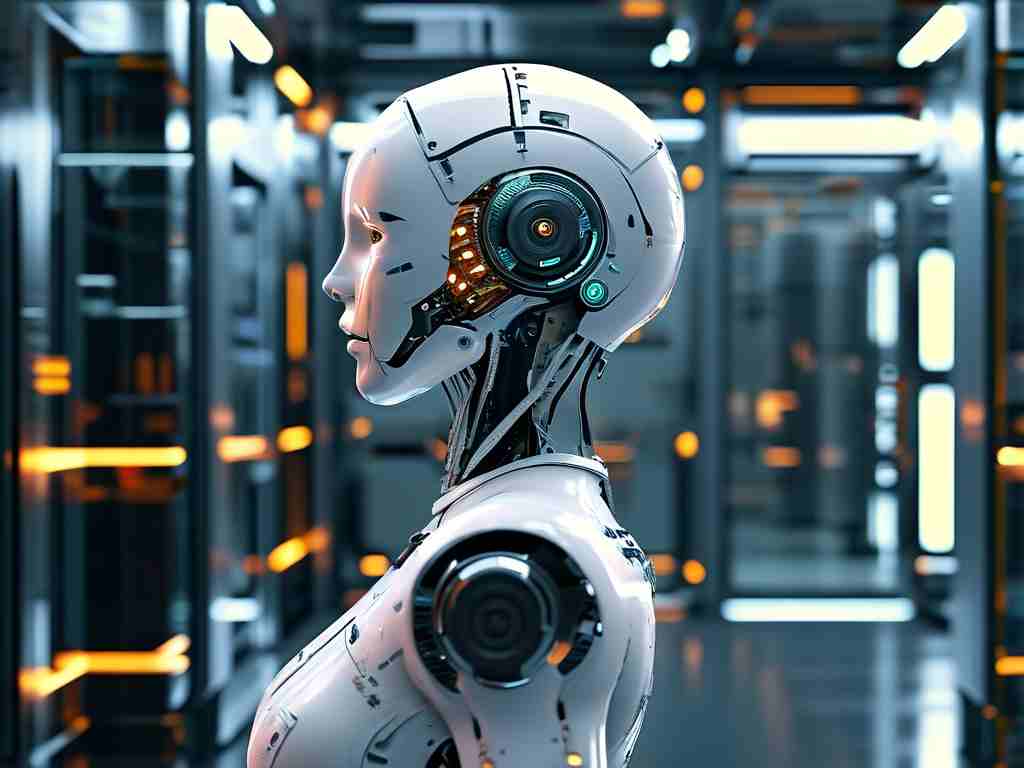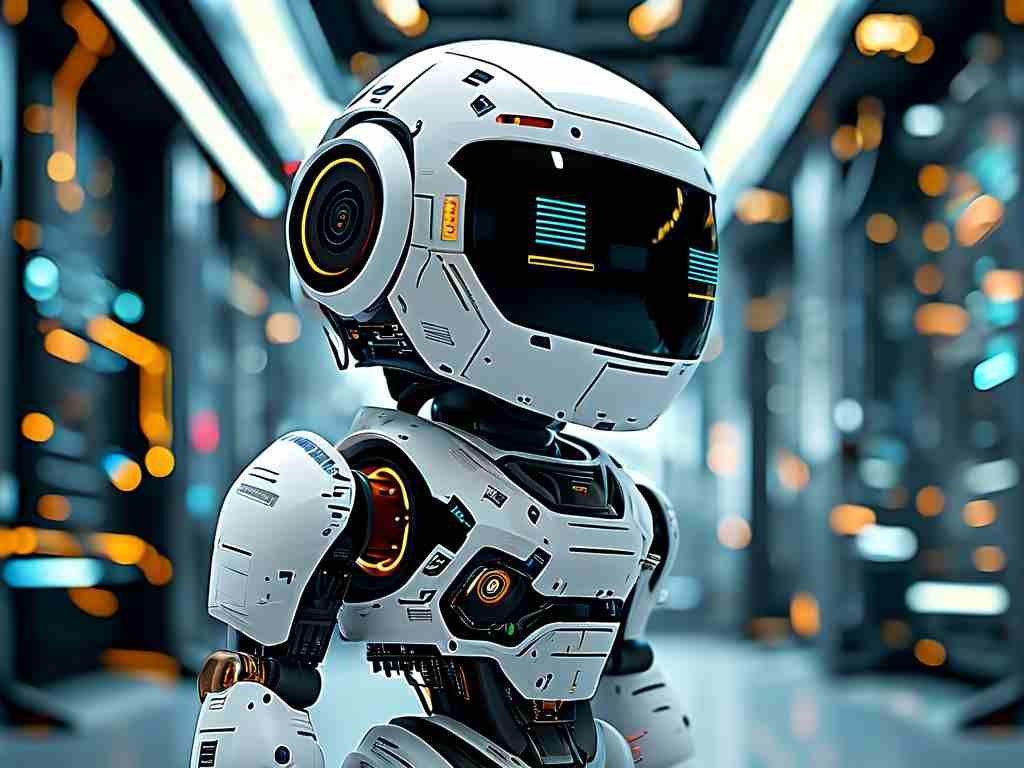The fusion of robotics and cycling has unlocked unprecedented possibilities in autonomous mobility systems. Cycling robots, designed to mimic human pedaling mechanics while integrating advanced sensors and AI-driven controls, are redefining industries from logistics to urban transportation. This article explores the cutting-edge technologies shaping their development and the challenges engineers face in perfecting these machines.
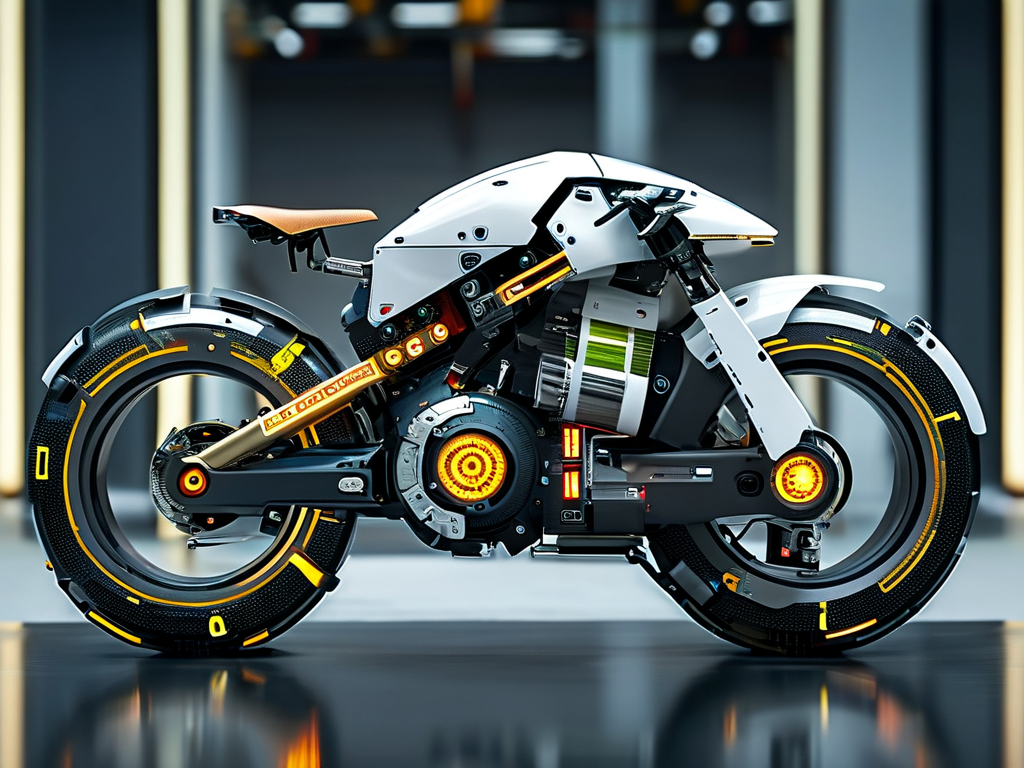
Core Technologies in Cycling Robot Design
At the heart of cycling robot manufacturing lies the integration of dynamic balance algorithms. Unlike traditional wheeled robots, cycling systems require real-time adjustments to maintain stability on uneven terrain. Researchers at MIT recently pioneered a gyroscopic stabilization module that reduces lateral tilt by 40% compared to earlier models. This innovation leverages machine learning to predict terrain changes, adjusting the robot’s center of gravity milliseconds before a potential imbalance occurs.
Another critical component is the pedal-drive mechanism. Engineers have shifted from servo motors to hybrid electromagnetic-pneumatic actuators, which replicate the torque variability of human pedaling. For instance, Boston Dynamics’ latest prototype, "CycleBot," uses this technology to navigate steep inclines while conserving energy—a feat previously unachievable with conventional motors.
Material Science and Energy Efficiency
Lightweight composite materials are essential for enhancing agility. Carbon-fiber-reinforced polymers, combined with 3D-printed titanium joints, reduce weight by up to 30% without compromising durability. Meanwhile, energy storage remains a bottleneck. While lithium-sulfur batteries offer higher density, their instability under rapid discharge conditions has led companies like Tesla to explore solid-state alternatives tailored for cycling robots.
Solar integration is another emerging trend. The Dutch startup SolaCycle recently unveiled a robot equipped with flexible perovskite solar panels embedded in its frame, providing 15% of its power needs during daylight operations—a milestone for sustainable autonomous systems.
Navigation and AI Adaptability
Autonomous navigation relies on multimodal sensor fusion. LiDAR and stereo cameras map surroundings, while proprioceptive sensors monitor internal stress points. Google’s DeepMind team has developed a reinforcement learning model that enables robots to "learn" from collisions, refining path-planning strategies in real time. This approach reduced navigation errors by 22% in field tests across urban environments.
However, unpredictable scenarios—such as sudden obstacles or weather changes—remain hurdles. To address this, researchers are experimenting with neuromorphic computing chips that mimic human neural processing, enabling faster decision-making without heavy computational loads.
Applications Beyond Conventional Use
Beyond delivery and surveillance, cycling robots are entering niche markets. In agriculture, France’s AgroRider uses modified cycles to monitor crop health, leveraging hyperspectral imaging to detect plant diseases early. Similarly, disaster response units in Japan deploy ruggedized models to traverse debris-filled zones, delivering medical supplies where wheeled or tracked vehicles fail.
The entertainment industry is also tapping into this technology. Disney’s Imagineering division recently showcased autonomous "character cycles" that interact with park visitors, blending robotics with immersive storytelling.
Ethical and Regulatory Considerations
As adoption grows, questions about safety and public space usage arise. The EU’s Robotics Policy Unit is drafting guidelines for cycling robot speed limits and right-of-way protocols, while cities like Singapore are testing dedicated lanes to prevent conflicts with pedestrians. Privacy concerns also loom, as onboard cameras and data collection tools spark debates over surveillance ethics.
Future Prospects
The next decade will likely see cycling robots evolve from prototypes to mainstream tools. Advancements in swarm robotics could enable fleets to collaborate on complex tasks, such as urban waste management or crowd control. Meanwhile, breakthroughs in self-healing materials may reduce maintenance costs, further accelerating adoption.
In , cycling robot manufacturing is a multidisciplinary frontier blending mechanics, AI, and sustainability. While technical and ethical challenges persist, the potential to transform transportation, logistics, and beyond makes this a field poised for exponential growth.


